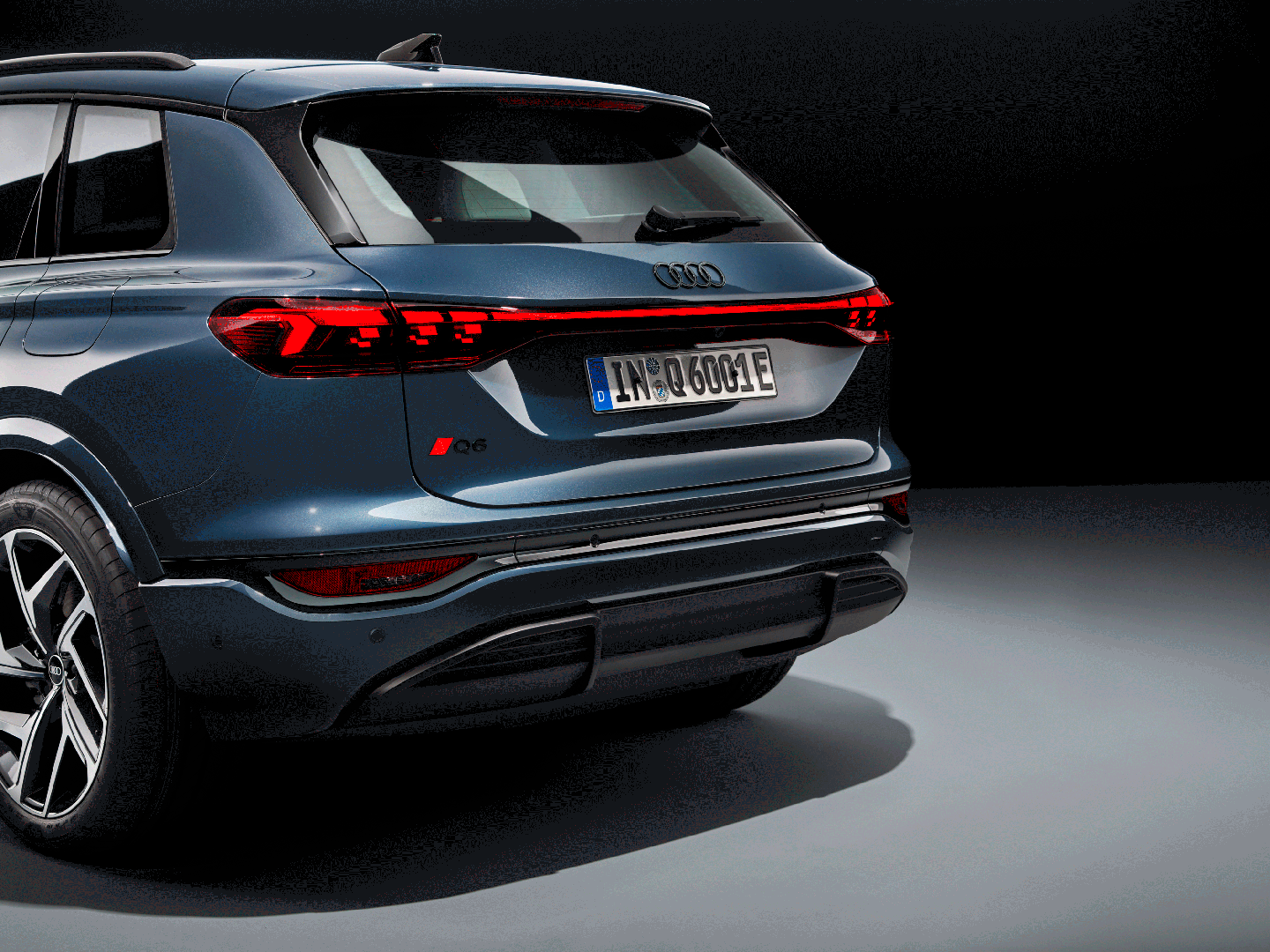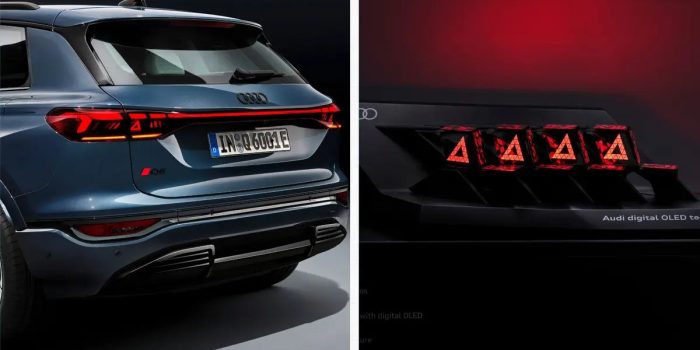Audi’s unveiling of the Q6 e-tron, the first fully electric model built on the Premium Platform Electric (PPE), marks a significant advancement in electric mobility. However, it also introduces pioneering innovations in Audi’s lighting technology, particularly by implementing the world’s first active digital light signature utilizing second-generation OLED technology. These digital OLED rear lights are capable of communicating with the vehicle’s surroundings, a feature known as car-to-x connectivity.
In an interview with Interesting Engineering, Michael Kruppa, head of front-light development and part of Audi’s digital OLED development team, discussed his journey from chemistry studies in San Diego to working on lighting technology at Audi. Audi is the only car manufacturer consistently developing and using OLED lighting technology, with advancements from six to 60 segments per digital OLED panel in the first generation.
“After my postdoctoral time in Chemistry in San Diego, U.S., I joined Osram in Regensburg (Germany),” Kruppa told IE.
“So my vision was, ‘I have to get into this company.’ ‘I have to work as hard as I can to get to the front lighting,’” he said.
“And now here I am.”

The Q6 e-tron’s rear lights feature six OLED panels with a total of 360 segments, offering unprecedented design possibilities and communication capabilities.
“We’ve taken the OLED — which is a wonderful homogeneous area light source — and cut it into pieces,” Krippa told IE.
Kruppa explains that this advancement brings Audi closer to display technology, allowing for enhanced resolution and the ability to manipulate light signatures, controlled by dedicated software modules.
“This is opening a completely new world in design possibilities and communication in the rear,” he added.
Kruppa explained that by doing this, Audi edging closer to display technology. “So we are now boosting the resolution by a factor of ten,” he said.
“And that’s more or less why we can also play around with signatures in the front.”

These OLED light signatures serve practical functions, such as displaying local hazard information or indicating proximity to objects while parking, without the need for manual activation. This autonomous feature distinguishes Audi’s lighting technology as a world first, with the potential to revolutionize communication between vehicles and their surroundings.
Unlike the Q8, “You don’t have to hit the brake…it’s completely autonomous,” he said. And it’s this automation that gives Audi’s light technology the title of being world first.
“So sometimes, in competition cars, you see a pedestrian symbol show up. But the functional logic is you have to press a button inside the car,” Kruppa said.
“We won’t be using words like ‘stop,’ ‘turn left,’ or ‘turn right.’ Instead, we’ll be employing symbols,” he said.
Kruppa emphasizes the importance of understanding both design vision and technological constraints in pushing the boundaries of innovation at Audi. Collaboration between design experts and technologists drives Audi’s motivation to continually exceed expectations and explore new possibilities in automotive lighting technology.
“Let’s say we have the latest technology on hand. We show it to our design experts and work hand-in-hand to really reach the limit —or even go beyond.”
“And this is what’s happening at Audi every day,” Kuppa said. “This is what our motivation is.”


